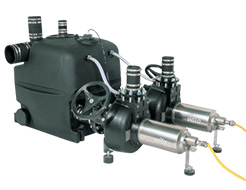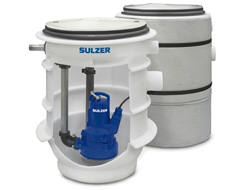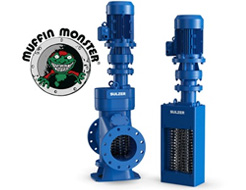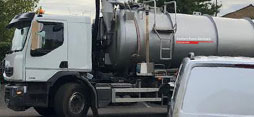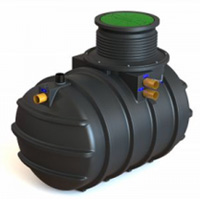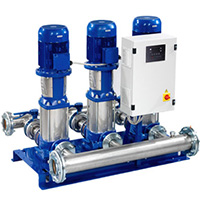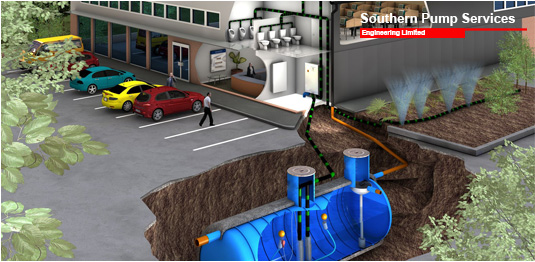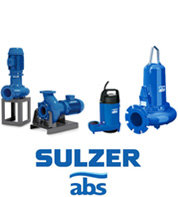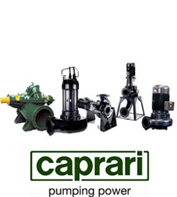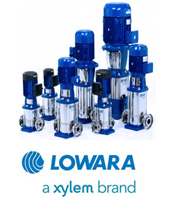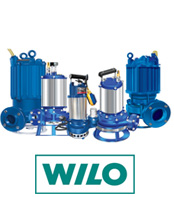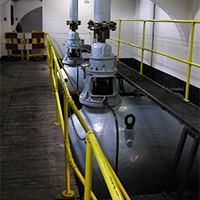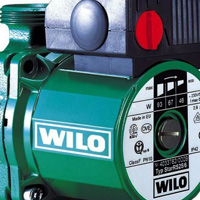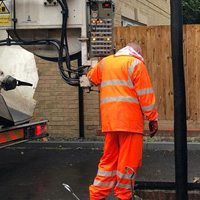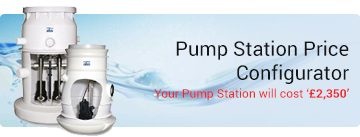- Home
- Pump Station Blog
- Choosing a Booster Set

We're a leading supplier and installer of domestic and industrial-grade cold water booster sets across the UK, particularity around the South East and London.
With a massive range of booster set installations under our belt, we've built up a wealth of knowledge regarding specifying and installing cold water booster sets over the years. This article is aimed at helping people who need a booster set select the ideal unit for them based on their requirements and budget.
We've seen the demand for pressure boosting sets grow consistently in the UK over recent years for a number of reasons, including increasing numbers of tall buildings being constructed and an increasing demand for high pressure water in industrial processing.
Did you know?: Another reason more and more people are approaching us for water pressure boosting systems is because water authorities have reduced mains pressure to reduce leakage.
Cold water booster sets, otherwise known as water pressure boosting systems can be used of a massive range of applications, from fire protection systems to delivering water to high buildings.
The most important factor to consider when specifying a booster set is the volume of water required for the application, and the pressure it should be delivered at.
Different booster set applications will require different flow rates and pressure, for example agricultural irrigation systems will require both high flow and pressure compared to domestic applications.
Calculating the Required Flow Rate
When talking about cold water booster set flow rate, there are 2 different flow rate calculations that should be considered - theoretical flow rate and real flow rate.
Theoretical flow rate is the total volume of water required by all users of the booster set simultaneously.
In reality, this is almost never actually required, and the actual flow rate is much lower than the theoretical one.
Call our specialists today on 020 8991 6650 to discuss your actual required flow rate.
Calculating the Head
Another factor to consider is the pressure required from the pump(s) in the water pressure boosting application. A number of factors must be taken into account, including the height of the building, the suction conditions and the flow resistance in the pipes.
Pump Set-Up
According to the required fl ow rate and head values, it is possible to identify the most suitable type of electric pump.
Single pump booster sets are normally only selected on systems that do not have a critical demand, I.E where an alternative supply is available.
On two-pump sets the pumps normally act as back-up for one another.
A single pump is normally sufficient to provide for average requirements, while in conditions of high demand the back up pump may be called in to assist. With the cyclic changeover function duty assignment is rotated to ensure both pumps remain active and with even running hours, so wear is uniform and the use factor is reduced for longer pump life. This system also ensures continuity of operation in case one of the pumps needs maintenance.
Working Example
A block of standard flats containing a total of 70 dwellings
Each standard flat is assumed to have:
- 1 x Hand basin hot & cold = 3 L/U x 70 = 210
- 1 x WC cold only = 1.5 L/U x 70 = 105
- 1 x Shower hot & cold = 10 L/U x 70 = 700
- 1 x Sink hot & cold = 6 L/U x 70 = 420
Please feel free to call our technical sales team today to discuss your booster set requirements, or view our broad range of booster sets here.
Back to Blog Home

